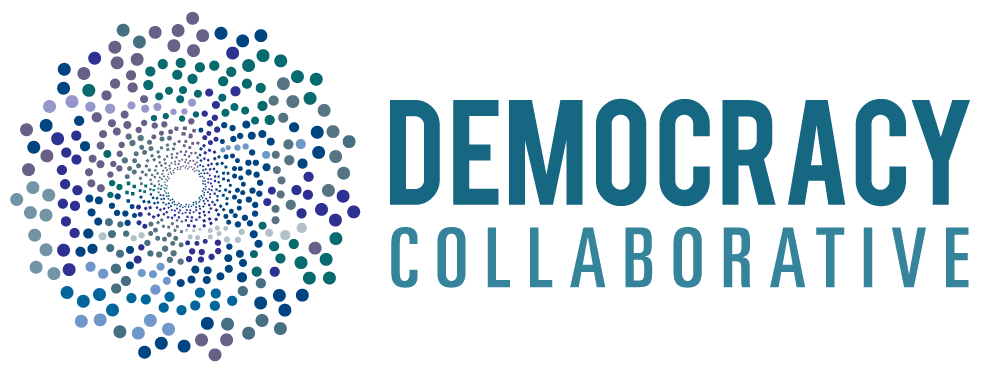The promise of public pharma
Momentum is growing around state-based efforts to disrupt the US pharmaceutical market and assure both affordable and equitable access to essential medicines through public production. Largely due to the efforts of diabetic patient-advocates who have demonstrated how fundamentally broken (and deadly) the US insulin market is, states across the nation are starting to enact legislation to produce and distribute insulin and other essential medicines in the public sector.
Yesterday, I had the sincere pleasure of joining a group of these state legislators, civil servants, and patient advocates convened by the Democracy Policy Network to discuss both the promise of public pharma and progress towards its implementation. We were joined by staff and legislators, patients, doctors, and advocates from at least 35 states to discuss the present and future of our movement to reclaim medicine in the public interest.
Doctor and State Senator Richard Pan (CA) told of how growing recognition of market failure in essential medicines was an impetus for California’s 2020 landmark legislation authorizing the state to manufacture generic drugs. He emphasized the importance of the public sector’s entry into the pharmaceutical market as a way to pressure existing market players to rein-in high prices and signal that pharma profiteers will not be rewarded in their state. He also announced a second bill, currently under discussion, to invest $15 million in a partnership to manufacture generic insulin and another $50 million to establish a generic manufacturing plant in the state.
Senator Karen Keiser (WA) spoke passionately about recognizing that work on drug price transparency and price caps were stop-gap measures that weren’t solving underlying issues. She thanked patient-advocates, like panelist Madi Johnson, for promoting systemic alternatives like public production and explained that her state’s legislation was written to allow for numerous different approaches, including public-public partnerships with California (or other states) to procure their publicly-produced medications.
We also heard from Senator Trey Stewart (ME), and implementers Donna Sullivan (WA) and David Toppleberg (CA) about the practical challenges of entering the US pharmaceutical market with limited resources, but also growing support from voters, particularly patient groups and retirees.
It was an exciting moment for the growing #publicpharma movement, and hopefully only the beginning of a conversation between creative and passionate lawmakers across the country who understand that they have the power to break Big Pharma’s monopoly on our medicine supply.
This forward movement is long overdue and I’m glad to see these types of conversations happening. Here is the video from the briefing.
Link to the resources mentioned in the video.

